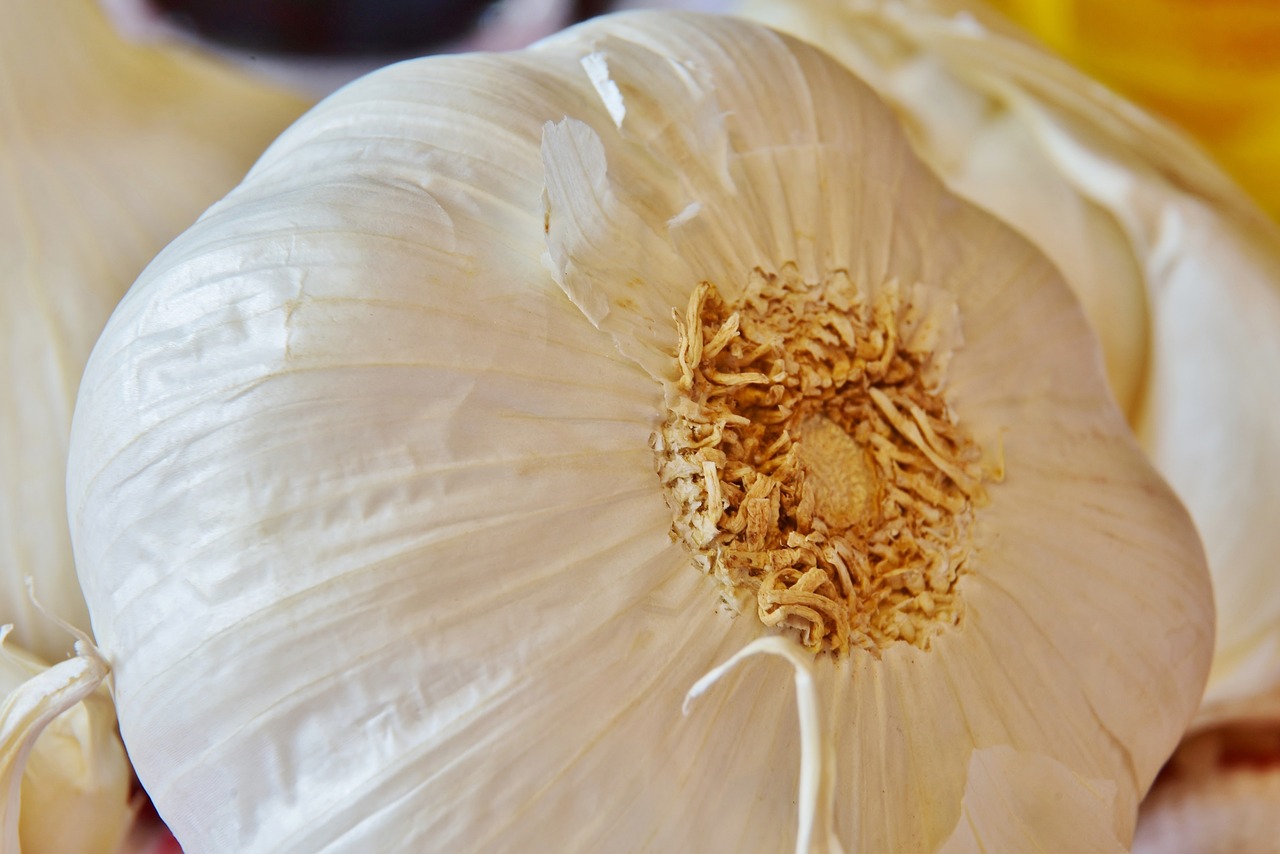This article explores a variety of Asian ingredients that serve as excellent alternatives to dairy, enhancing flavors and textures in your cooking while catering to dairy-free diets. As more people embrace dairy-free lifestyles, the need for delicious alternatives has never been greater. Asian cuisine, with its rich tapestry of flavors, offers a plethora of options that can elevate your cooking experience.
What Are the Top Dairy Alternatives in Asian Cuisine?
Asian cuisine is renowned for its diversity, and it offers numerous dairy alternatives that can transform your dishes. Here are some of the most popular ingredients:
- Coconut Milk: A classic choice, coconut milk is creamy and rich, making it ideal for soups, curries, and desserts.
- Almond Milk: This nut-based milk adds a subtle sweetness and nutty flavor, perfect for smoothies and sauces.
- Tofu: A versatile ingredient, tofu can be used in both savory and sweet dishes, absorbing flavors beautifully.
- Cashew Cream: Made from blended cashews, this creamy alternative can enhance both savory and sweet recipes.
- Rice Milk: A lighter option, rice milk is great for baking and cooking, providing a mild flavor.
Why Is Coconut Milk So Popular in Dairy-Free Cooking?
Coconut milk stands out in dairy-free cooking for its creamy texture and rich flavor. It is not only versatile but also complements a variety of dishes, from Thai curries to desserts like coconut rice pudding. Its ability to create a luscious mouthfeel makes it a beloved ingredient among chefs and home cooks alike.
How to Use Almond Milk in Asian Recipes?
Almond milk is a fantastic dairy substitute that can be seamlessly integrated into Asian cooking. Use it in:
- Soups: Add almond milk to creamy soups for a nutty flavor.
- Sauces: Incorporate it into stir-fry sauces to achieve a silky consistency.
- Desserts: Try almond milk in puddings or as a base for ice creams.
What Role Does Tofu Play in Dairy-Free Dishes?
Tofu is a staple in Asian cuisine, known for its protein-rich content and ability to absorb flavors. It can be used in:
- Salads: Crumble tofu over salads for added texture.
- Stir-Fries: Sauté tofu with vegetables for a filling dish.
- Desserts: Silken tofu can be blended into smoothies or puddings for a creamy consistency.
How Can You Incorporate Cashew Cream into Your Cooking?
Cashew cream is a luxurious alternative that can enhance various Asian recipes. To make cashew cream, soak cashews in water, blend until smooth, and use it in:
- Soups: Add to soups for a creamy texture.
- Curries: Stir into curries for a rich flavor.
- Desserts: Use as a base for vegan cheesecakes or frostings.
What Are Some Lesser-Known Dairy-Free Ingredients from Asia?
Beyond the common substitutes, Asian cuisine features unique ingredients that can diversify your dairy-free cooking repertoire:
- Soy Yogurt: A great alternative for creamy dishes.
- Rice Milk: A versatile ingredient for baking.
- Peanut Butter: Adds richness and flavor to sauces and desserts.
Embracing these dairy-free alternatives not only caters to dietary needs but also opens up a world of flavors and textures in your cooking. Explore these ingredients to enhance your culinary creations while enjoying the benefits of a dairy-free lifestyle.

What Are the Top Dairy Alternatives in Asian Cuisine?
Asian cuisine is renowned for its rich flavors and diverse ingredients, making it a treasure trove for those seeking dairy alternatives. In this article, we will explore some of the top dairy alternatives found in Asian cooking, each offering unique flavors and textures that can elevate your culinary experience while adhering to a dairy-free diet.
When it comes to dairy alternatives in Asian cuisine, the options are vast and varied. Here are some of the most popular and effective substitutes:
- Coconut Milk: This creamy liquid is extracted from the flesh of coconuts and is a staple in many Asian dishes. Its rich, velvety texture and subtle sweetness make it an excellent replacement for cream and milk in curries, soups, and desserts.
- Almond Milk: Known for its nutty flavor, almond milk can be used in various Asian recipes, from stir-fries to smoothies. Its light consistency makes it a versatile option for those looking to reduce dairy intake.
- Tofu: A protein-rich ingredient, tofu can mimic the texture of dairy products. Its ability to absorb flavors allows it to be used in both savory and sweet dishes, making it an invaluable asset in dairy-free cooking.
- Cashew Cream: Made by blending soaked cashews with water, cashew cream is incredibly creamy and can be used in sauces, soups, and desserts. It adds a luxurious texture to dishes without the need for dairy.
- Rice Milk: This light and slightly sweet milk is made from milled rice and water. It is an excellent option for those with nut allergies and can be used in a variety of Asian desserts and beverages.
- Soy Yogurt: As a dairy-free alternative to traditional yogurt, soy yogurt is rich in protein and can be used in dressings, marinades, or enjoyed on its own with fruits.
Coconut milk is a beloved ingredient in many Asian cuisines, particularly in Thai and Indian dishes. Its creamy texture and rich flavor make it an ideal substitute for dairy. It not only adds depth to curries and soups but also serves as a base for desserts like coconut pudding and ice cream. The natural sweetness of coconut milk enhances the overall taste of dishes, making it a favorite among chefs and home cooks alike.
Almond milk can be seamlessly integrated into Asian cooking. It works well in soups, where it can replace chicken or vegetable broth for a creamier consistency. Additionally, almond milk can be used in marinades or as a base for smoothies, providing a nutty flavor that complements many Asian ingredients.
Tofu is a versatile ingredient that plays a crucial role in dairy-free Asian cooking. It can be used in various forms, such as silken tofu in smoothies or firm tofu in stir-fries. Its ability to absorb flavors from sauces and spices makes it an excellent substitute for cheese or cream in many dishes, allowing for a satisfying and protein-rich meal.
Cashew cream is a fantastic addition to many Asian recipes. To make cashew cream, simply soak cashews in water, blend until smooth, and use it as a base for sauces or soups. This creamy alternative can enhance the texture of curries and be used to create rich, dairy-free desserts.
Beyond the more common substitutes, Asian cuisine offers a variety of lesser-known dairy-free ingredients. For instance, oat milk is gaining popularity as a versatile alternative, and hemp milk provides a nutty flavor. These ingredients can add diversity to your dairy-free cooking repertoire, allowing for an array of flavors and textures that can surprise and delight.
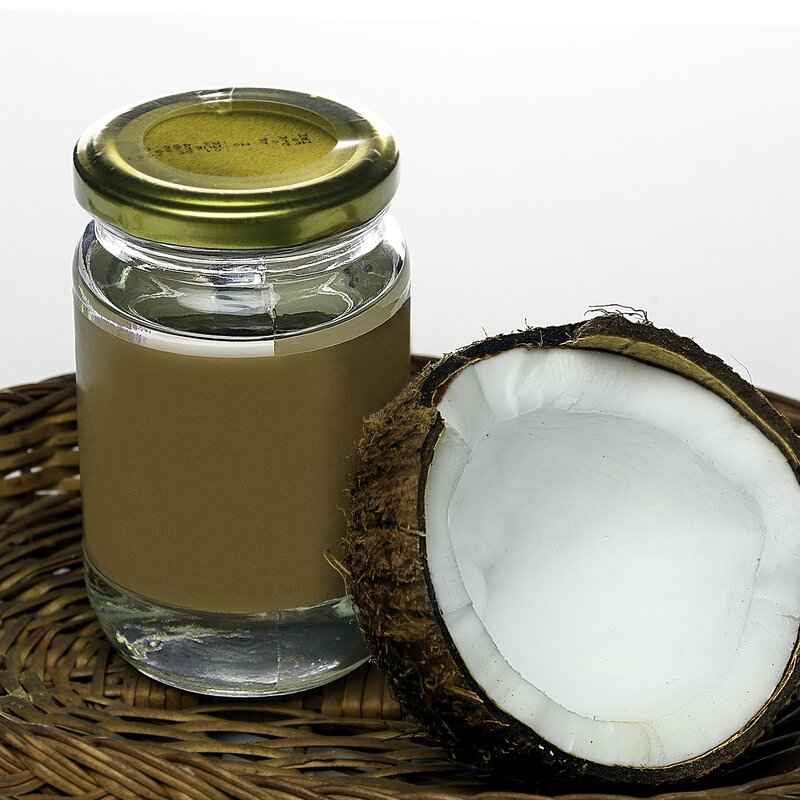
Why Is Coconut Milk So Popular in Dairy-Free Cooking?
Coconut milk is a versatile ingredient that has gained immense popularity in the realm of dairy-free cooking, especially within Asian cuisine. Its unique properties make it an ideal substitute for traditional dairy products, providing a rich and creamy texture that enhances a variety of dishes. This article delves into the reasons behind the widespread use of coconut milk and how it can elevate your culinary creations.
Coconut milk is derived from the flesh of mature coconuts, making it a plant-based alternative that is naturally rich in healthy fats. Unlike cow’s milk, it contains no lactose, making it suitable for those with lactose intolerance or dairy allergies. The creamy consistency of coconut milk can mimic the texture of heavy cream, making it a favorite among chefs and home cooks alike.
The flavor profile of coconut milk is subtly sweet and nutty, which complements a variety of ingredients commonly found in Asian dishes. Whether it’s used in curries, soups, or desserts, coconut milk adds a depth of flavor that is hard to replicate with other dairy alternatives. Its ability to absorb and enhance spices makes it a crucial component in many recipes.
- Thai Curries: Coconut milk is the base for many Thai curries, providing creaminess and balancing out spicy flavors.
- Soups: Dishes like Tom Kha Gai utilize coconut milk to create a rich, aromatic broth.
- Desserts: Coconut milk can be used in puddings, ice creams, and even cakes, giving them a delightful creaminess without dairy.
When substituting coconut milk for dairy, it’s essential to consider the consistency and flavor of your dish. For example, in recipes that call for heavy cream, a full-fat coconut milk can provide the necessary richness. In baking, coconut milk can replace milk or buttermilk, adding moisture and a hint of coconut flavor.
Coconut milk is not only delicious but also offers several health benefits. It contains medium-chain triglycerides (MCTs), which are known for their potential to boost metabolism and provide quick energy. Additionally, it is rich in vitamins C, E, and several B vitamins, contributing to overall health and wellness.
When selecting coconut milk, it’s important to read labels carefully. Some brands add preservatives or sugars, which can alter the flavor and nutritional profile. Opt for organic and unsweetened varieties whenever possible to ensure you’re using a high-quality product.
In conclusion, coconut milk stands out as a popular choice in dairy-free cooking due to its creamy texture, rich flavor, and versatility across various dishes. Its ability to enhance flavors while catering to dietary restrictions makes it an essential ingredient in many kitchens. Whether you’re making a comforting soup or a decadent dessert, coconut milk is sure to elevate your culinary creations.
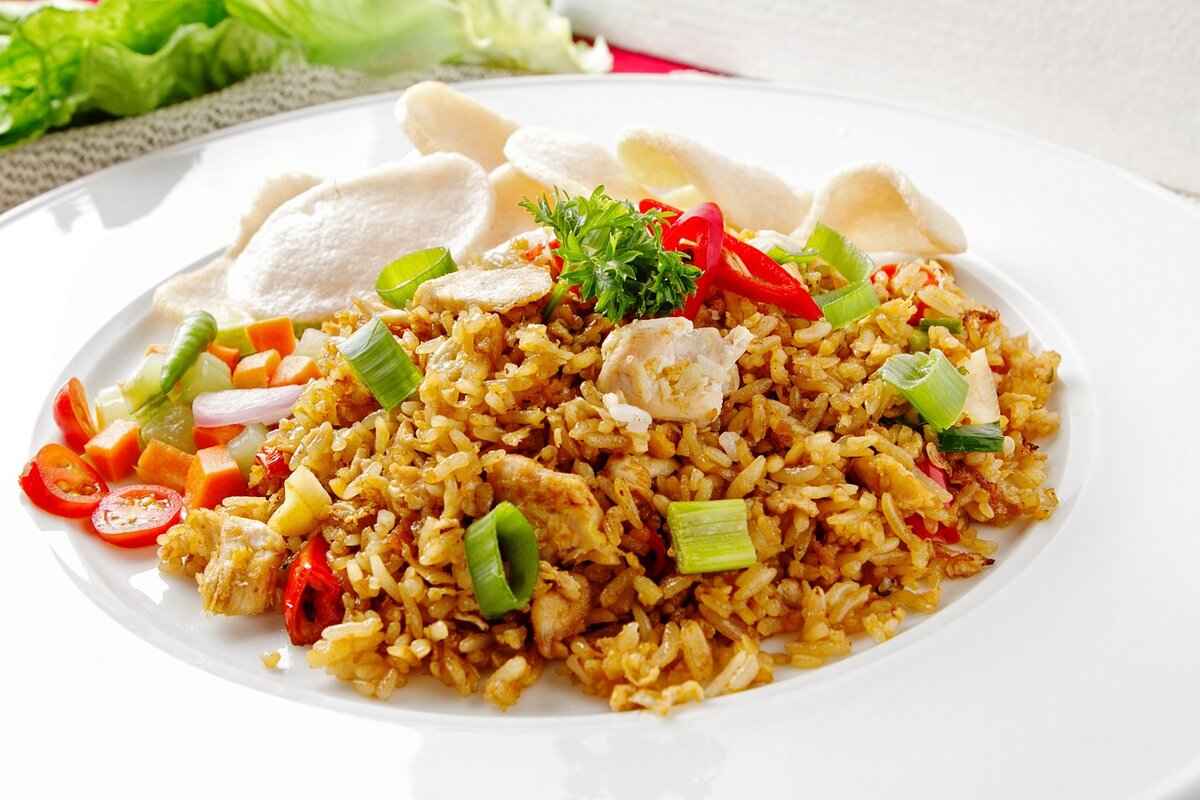
How to Use Almond Milk in Asian Recipes?
Almond milk has gained popularity as a versatile dairy substitute, especially in Asian cuisine. Its subtle nutty flavor and creamy texture make it an ideal ingredient for a variety of dishes, from savory soups to delectable desserts. This article will explore the various ways you can incorporate almond milk into your Asian recipes, enhancing flavors while adhering to a dairy-free diet.
Unlike traditional dairy, almond milk is lower in calories and contains no cholesterol, making it a healthier option for those looking to reduce their dairy intake. Additionally, it is often fortified with vitamins and minerals, such as calcium and vitamin D, which are essential for maintaining good health. Its light texture allows it to blend seamlessly into various dishes without overpowering other flavors.
Almond milk can be a fantastic base for soups, adding a creamy consistency without the heaviness of dairy. Here are some examples:
- Thai Coconut Almond Soup: Replace coconut milk with almond milk for a lighter version of this classic dish. Combine it with lemongrass, ginger, and mushrooms for a fragrant broth.
- Chinese Almond Soup: This traditional dessert soup can be made with almond milk for a smoother, creamier texture. Sweeten it with sugar or honey and serve warm or chilled.
Almond milk can also be used to create delicious sauces that complement various Asian dishes:
- Stir-Fry Sauce: Mix almond milk with soy sauce, garlic, and ginger for a quick and easy stir-fry sauce that adds richness to your vegetables and proteins.
- Curry Sauce: Substitute almond milk for coconut milk in your favorite curry recipes. It will provide a creamy texture while allowing the spices to shine.
Almond milk is a delightful addition to many Asian desserts, enhancing their flavor and texture:
- Almond Milk Pudding: Create a silky pudding by combining almond milk with agar-agar and a sweetener of your choice. Flavor it with matcha or vanilla for a unique twist.
- Almond Milk Ice Cream: Use almond milk as a base for homemade ice cream. Blend it with fruits like mango or lychee for a refreshing dessert.
When using almond milk in your Asian recipes, consider the following tips:
- Unsweetened vs. Sweetened: Choose unsweetened almond milk for savory dishes to avoid unwanted sweetness.
- Thickening Agents: If a recipe calls for a thicker consistency, consider adding cornstarch or arrowroot powder to achieve the desired texture.
- Flavor Pairing: Almond milk pairs well with spices like cinnamon, cardamom, and nutmeg, making it suitable for both savory and sweet dishes.
In conclusion, almond milk is a versatile and healthy alternative to dairy that can elevate your Asian cooking. By experimenting with almond milk in soups, sauces, and desserts, you can create delicious dishes that cater to a dairy-free lifestyle without sacrificing flavor.
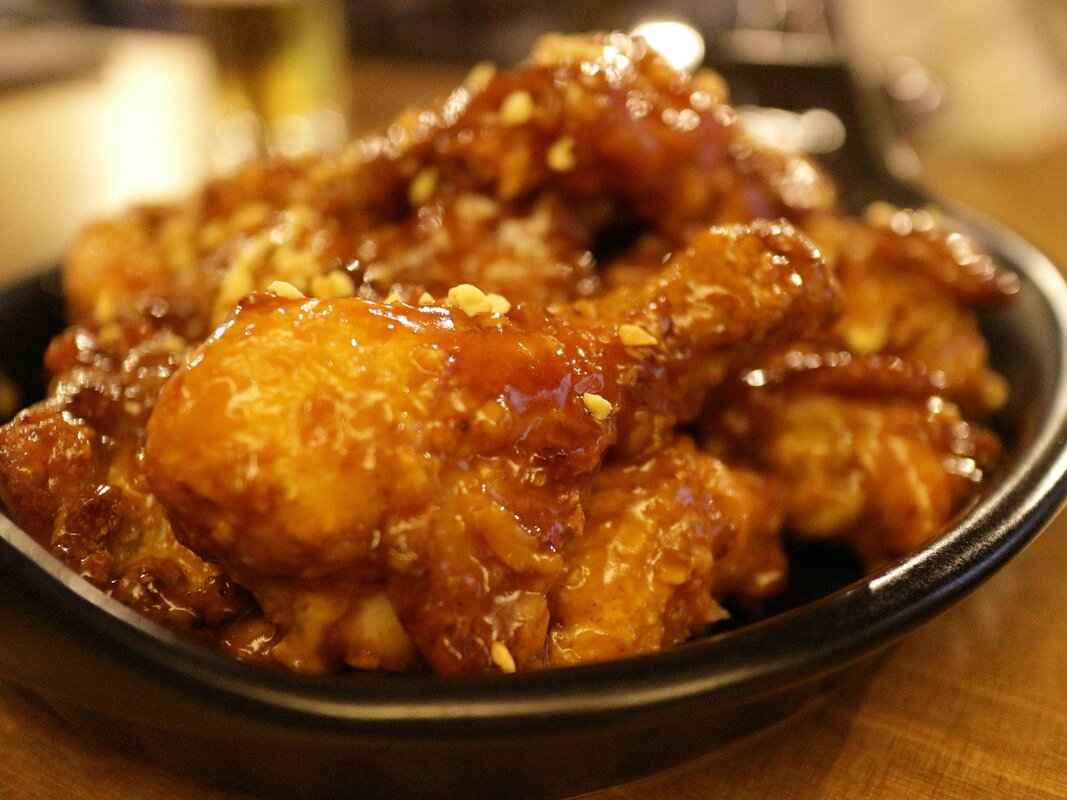
What Role Does Tofu Play in Dairy-Free Dishes?
Tofu, a staple in Asian cuisine, is renowned for its protein-rich content and versatility. This ingredient, derived from soybeans, has become a go-to for those seeking dairy-free alternatives without sacrificing taste or nutrition. Its unique texture and ability to absorb flavors make it an ideal substitute in both savory and sweet dishes.
One of the most appealing aspects of tofu is its varied textures. From silken to firm, each type serves a different purpose in cooking. Silken tofu, for instance, has a smooth, creamy consistency that works beautifully in desserts such as mousses and sorbets, where it can mimic the rich texture of dairy creams. In contrast, firm tofu is perfect for stir-fries and grilling, providing a satisfying bite that can hold its shape while soaking up marinades and sauces.
When it comes to flavor absorption, tofu excels. Its neutral taste allows it to take on the essence of the ingredients it is paired with, making it a versatile choice in a variety of dishes. For instance, marinating tofu in soy sauce, ginger, and garlic before grilling not only enhances its flavor but also adds a depth that makes it a standout component of any meal. This quality makes tofu an excellent choice for those looking to create dairy-free versions of classic recipes.
Furthermore, tofu is incredibly easy to prepare. It can be stir-fried, baked, grilled, or blended, making it suitable for a wide range of cooking methods. This adaptability is particularly beneficial for those who are new to dairy-free cooking, as it allows for experimentation with different flavors and techniques. For example, using tofu in place of cream in a curry can create a rich, satisfying dish that remains light and healthy.
In addition to its culinary uses, tofu also offers numerous health benefits. It is an excellent source of plant-based protein, making it a great option for vegetarians and vegans. Additionally, tofu contains essential amino acids, calcium, and iron, contributing to a well-rounded diet. Incorporating tofu into your meals can help ensure you meet your nutritional needs while adhering to a dairy-free lifestyle.
Tofu’s versatility extends beyond savory dishes. It can be sweetened and blended into smoothies or used as a base for creamy desserts. For instance, blending silken tofu with cocoa powder and a sweetener creates a delicious chocolate mousse that is both dairy-free and packed with protein. This versatility makes tofu a valuable ingredient for anyone looking to explore dairy-free options in their cooking.
In summary, tofu plays a crucial role in dairy-free dishes by providing a rich source of protein, a unique texture, and the ability to absorb flavors. Whether you are making a hearty stir-fry, a creamy dessert, or simply looking to enhance your meals with nutritious ingredients, tofu is an excellent choice. Its adaptability and health benefits make it a staple in many kitchens, especially for those following a dairy-free diet.
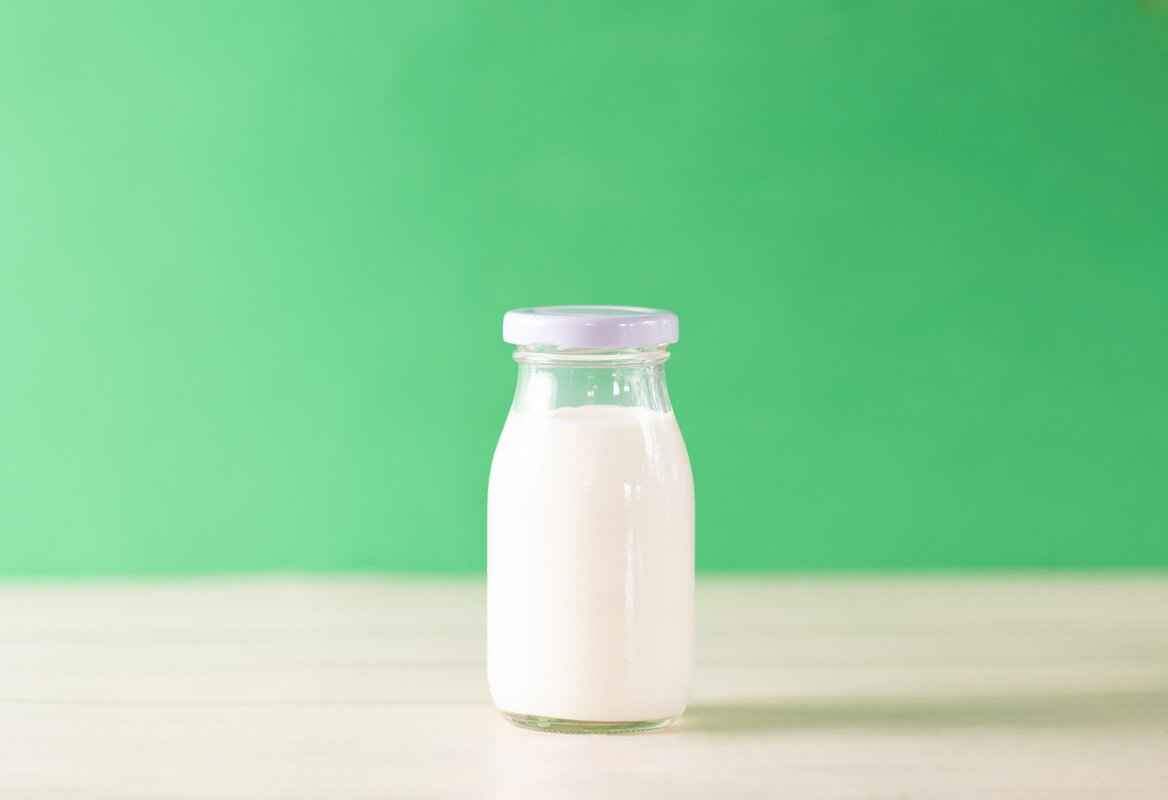
How Can You Incorporate Cashew Cream into Your Cooking?
Cashew cream is a versatile and rich alternative to dairy that can elevate the flavors of various Asian dishes. Its creamy texture and subtle nuttiness make it an ideal ingredient for those looking to create dairy-free meals without sacrificing taste. In this section, we will explore how to make cashew cream and incorporate it into your cooking, particularly in soups, curries, and desserts.
Cashew cream is created by blending soaked cashews with water until smooth. This simple process results in a creamy, dairy-like consistency that can be used in various recipes. To make cashew cream:
- Soak 1 cup of raw cashews in water for at least 4 hours or overnight.
- Drain and rinse the cashews.
- Blend the cashews with 1 cup of fresh water until smooth and creamy.
- Adjust the consistency by adding more water, if necessary.
This easy-to-make cream can be stored in the refrigerator for up to one week, making it a convenient option for meal prep.
Cashew cream adds a delightful creaminess to soups, enhancing their texture and flavor. Here’s how you can use it:
- Incorporate it into pureed soups: Add a few tablespoons of cashew cream to your favorite vegetable soup, such as butternut squash or tomato, for a rich, velvety finish.
- Use it as a garnish: Drizzle cashew cream on top of soups just before serving for an attractive presentation.
- Thicken and enrich: Stir cashew cream into broth-based soups to create a more satisfying meal.
Curries are another area where cashew cream shines. Its creamy texture complements the spices typically found in Asian curries:
- As a base: Use cashew cream as a base for coconut-free curries, providing a creamy consistency without the coconut flavor.
- Balancing spices: The creaminess of cashew cream helps to balance out the heat from spices, making the dish more approachable for those who prefer milder flavors.
- In sauces: Add cashew cream to curry sauces for a luscious texture that clings to vegetables and proteins.
Yes! Cashew cream is a fantastic substitute for dairy in desserts, allowing you to create indulgent treats without the lactose:
- In puddings and mousses: Use cashew cream as a base for chocolate mousse or vanilla pudding, creating a rich and creamy dessert.
- As a frosting: Blend cashew cream with sweeteners and flavorings to create a delicious frosting for cakes and cupcakes.
- In ice creams: Freeze cashew cream mixed with your favorite flavors for a creamy, dairy-free ice cream.
Incorporating cashew cream into your cooking not only enhances the flavor and texture of your dishes but also provides a nutrient-dense option that caters to those with dietary restrictions. With its versatility, cashew cream can be a staple in your dairy-free kitchen, allowing you to enjoy a variety of delicious Asian recipes.
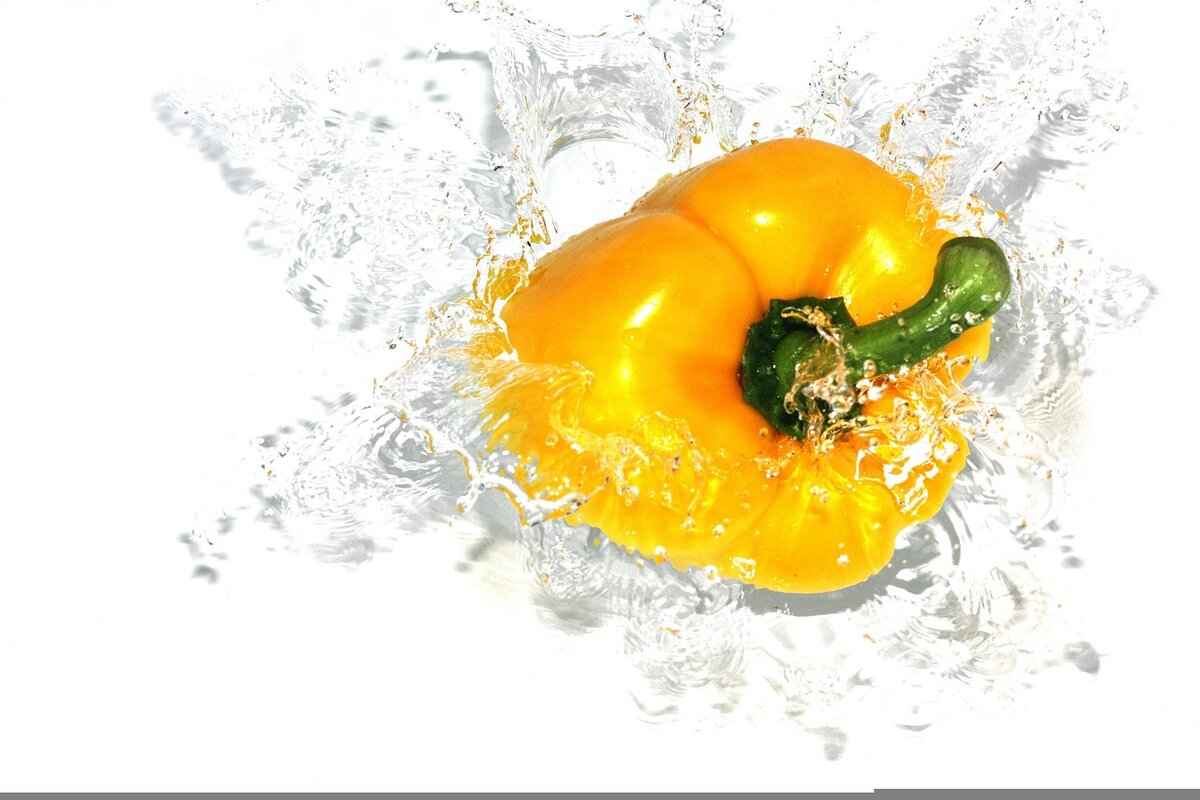
What Are Some Lesser-Known Dairy-Free Ingredients from Asia?
When exploring dairy-free cooking, many people are familiar with common substitutes like almond and coconut milk. However, Asian cuisine offers a treasure trove of lesser-known dairy-free ingredients that can significantly enhance your culinary repertoire. In this section, we will delve deeper into unique ingredients like soy yogurt and rice milk, examining their uses and benefits in dairy-free cooking.
Soy yogurt is a dairy-free alternative made from fermented soy milk. Rich in protein and probiotics, it serves as a healthy option for those avoiding dairy. Its creamy texture makes it an excellent substitute for traditional yogurt in various dishes.
- Breakfast Options: Use soy yogurt as a base for smoothies or parfaits, combining it with fruits and granola.
- Dressings and Dips: Incorporate soy yogurt into salad dressings or dips for a creamy consistency without dairy.
- Baking: Substitute soy yogurt in baking recipes to add moisture and a slight tang.
Rice milk is another popular dairy substitute in Asian cooking, made from milled rice and water. It is naturally sweet and has a lighter consistency compared to other plant-based milks.
- Cooking and Baking: Rice milk can be used in soups, sauces, and desserts, providing a subtle sweetness that complements many flavors.
- Versatility: Its neutral taste allows it to blend seamlessly into both savory and sweet dishes, making it a versatile option for various recipes.
- Allergen-Friendly: Rice milk is a great choice for those with nut allergies, as it is free from common allergens.
In addition to soy yogurt and rice milk, several other unique ingredients can enrich your dairy-free cooking experience:
- Oat Milk: Creamy and slightly sweet, oat milk works well in coffee, desserts, and even savory dishes.
- Nut-Based Creams: Cashew and almond creams add richness and depth to soups and sauces.
- Plant-Based Cheeses: Made from nuts, seeds, or soy, these cheeses can provide a dairy-like experience in dishes like pizzas and pastas.
By incorporating these lesser-known dairy alternatives into your cooking, you can explore new flavors and textures while adhering to a dairy-free diet. These ingredients not only enhance the taste of your dishes but also contribute to a healthier lifestyle. Experimenting with soy yogurt, rice milk, and other unique ingredients can truly diversify your culinary repertoire, allowing you to enjoy a wide range of delicious, dairy-free meals.
Frequently Asked Questions
- What are some great dairy alternatives in Asian cuisine?
Asian cuisine is a treasure trove of dairy alternatives! Ingredients like coconut milk, almond milk, and tofu are just the tip of the iceberg. These ingredients not only replace dairy but also add unique flavors and textures that can elevate your dishes to a whole new level.
- Why is coconut milk a go-to for dairy-free cooking?
Coconut milk is loved for its creamy texture and rich flavor. It’s incredibly versatile, making it perfect for everything from soups to desserts. Think of it as the magic potion that transforms your meals into a tropical paradise!
- How can I use almond milk in Asian recipes?
Almond milk is fantastic for adding a subtle nutty flavor to your dishes. You can use it in soups, sauces, and even desserts without sacrificing taste. Just think of it as a friendly sidekick that complements your culinary adventures!
- What makes tofu a good dairy substitute?
Tofu is a protein powerhouse! Its ability to absorb flavors makes it a versatile ingredient in both savory and sweet dishes. Whether you’re making a stir-fry or a dessert, tofu can step in and deliver the goods, making your meals wholesome and satisfying.
- How do I incorporate cashew cream into my cooking?
Cashew cream is like a creamy hug for your dishes! You can whip it up easily and use it in curries, soups, or even desserts. It adds a rich, creamy texture that can make any dish feel indulgent while still being dairy-free.
- What are some lesser-known dairy-free ingredients from Asia?
Don’t overlook ingredients like soy yogurt and rice milk. These lesser-known options can bring exciting new flavors to your cooking and help diversify your dairy-free repertoire. They’re like hidden gems waiting to be discovered!

